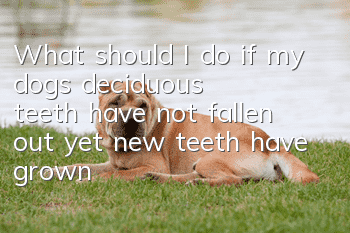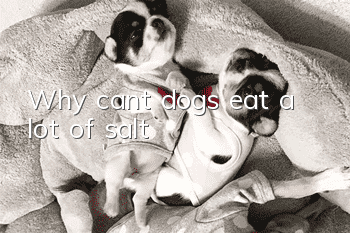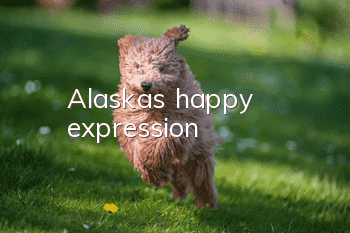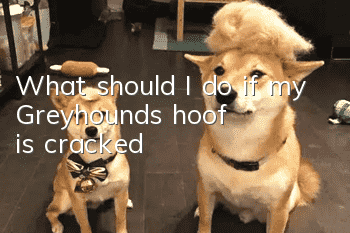What should I do if my dog’s deciduous teeth have not fallen out yet new teeth have grown in? Teach you how to solve the problem

What to do if a dog's deciduous teeth have not fallen out but new teeth have grown in?
A dog's deciduous teeth have not fallen out and new teeth have grown. You can observe it for a period of time. Human intervention is possible if the dog's deciduous teeth have not fallen out before it is one year old. The owner can help. Loosen the dog's baby teeth or give the dog some toys to chew on. At the same time, owners also need to supplement their dogs with enough calcium. Calcium deficiency in dogs will cause permanent teeth to grow slowly, and the enamel layer is too thin to replace the deciduous teeth.Problems during dog teeth replacement
Just like humans, dogs generally have two sets of teeth. Their first teeth are called deciduous teeth, and most people are familiar with these teeth, which are like small, sharp needles! As dogs age, they lose their deciduous teeth and their formal teeth begin to grow, which usually happens after On dogs 3-4 months old. Since pets are usually neutered around six months of age, all baby teeth should be lost by that time.If deciduous teeth grow in the position of normal teeth, they may cause some uncomfortable symptoms. In addition, the teeth may constantly rub against the gum or cleft palate (roof of the mouth), which can cause pain, bleeding, or infection. Once a baby tooth is knocked out, it will leave an unsightly gap in the mouth, which may become infected. However, tooth extraction is quite simple, so it is highly recommended that you have deciduous teeth extracted at the appropriate time.
Random articles
- What causes blood in the urine of elderly dogs?
- What to do if your Portuguese Water Dog vomits
- What are the symptoms of a cold in Chihuahuas?
- What should you pay attention to after neutering your dog?
- The dog suddenly becomes weak in its hind legs and walks unsteadily
- What does it mean when a dog opens his mouth?
- Gray Teddy's hair follicles are damaged and turn into black hair
- Can Teddy eat grapes?
- How many months does it take for a dog to have a baby?
- There is something like a blood scab on the dog’s head



